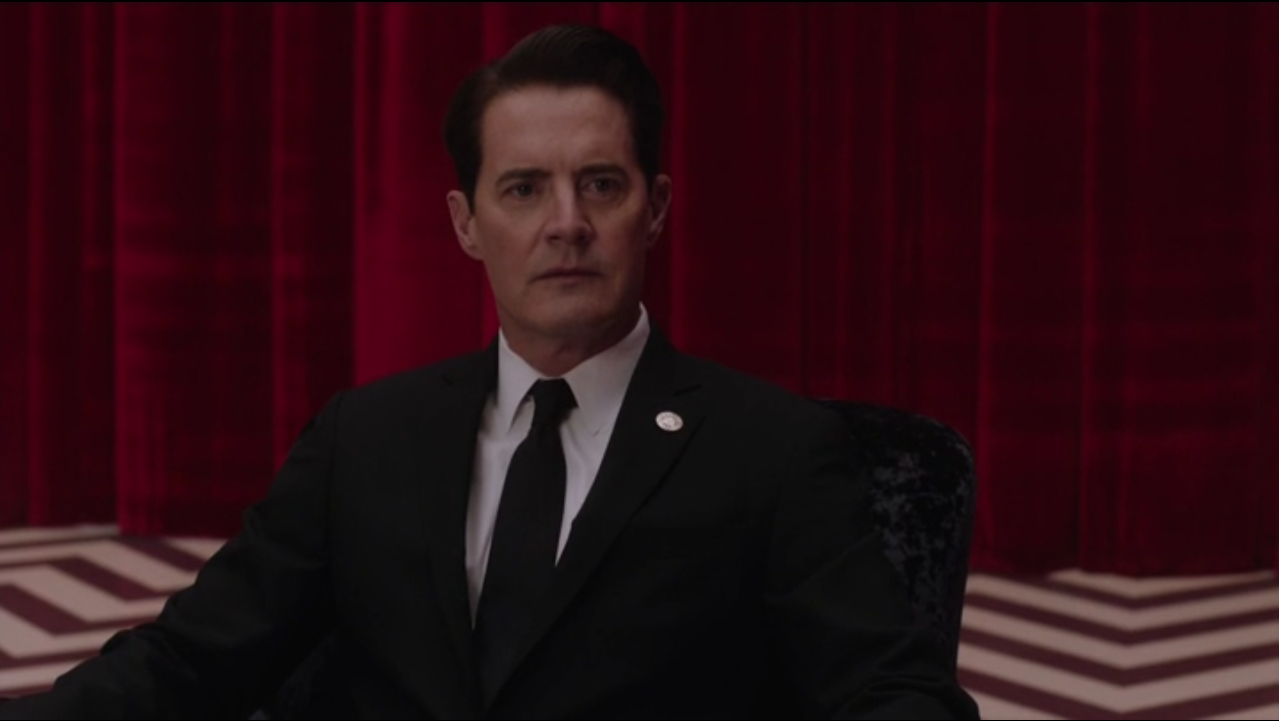
In the early 1990s, airwaves were dominated by sitcoms and episodic crime dramas. They reset to normal at the end of every week, and episodes were interchangeable. Twin Peaks changed what was possible in prime time television. It used the sequential structure of a novel.
This is par for the course now. Shows like The Sopranos popularized the TV-as-novel approach. Companies like AMC, HBO and Netflix have built empires on it. Viewers these days assume that each episode will build on the last, gaining character complexity and deepening story lines. But in 1991, such sprawling TV storytelling only existed in daytime soaps.
Now, the enduring popularity of the original TV novel has demanded its revival. Its creator, David Lynch, has acquiesced. Twin Peaks is back for the first time in 25 years, airing a highly anticipated 3rd season on Showtime. The pilot, in case you missed it, aired earlier this week. And it’s fantastic. If the first episode is any indication, the revival might be just as great as the groundbreaking original series.
Lynch Returns the Series to Good Form
A few things made the first Twin Peaks season great. It had a murder mystery steeped in small town melodrama. Its ordinary setting and characters were juxtaposed against freaky nightmare encounters with the paranormal. And it had the dreamlike sentimentality of a schoolgirl crush, of a city man infatuated with small town life, of the longing for more innocent bygone days.
But Twin Peaks’s second season solved the Laura Palmer murder mystery. The story line struggled to find new direction. An old and not very compelling foil to Special Agent Dale Cooper emerged in the form of lackluster psychopath Wyndham Earl. Hotel owner Ben flew off the rails into zanydom, an apt metaphor for Lynch and company’s handling of the show’s direction. It wandered down some half interesting avenues and a few turgid cul-de-sacs before throwing in the towel, admitting that it had nothing more to offer its viewers. It worked well for season one, but hobbled on season two.
Now, however, the Twin Peaks world is opening up, and Lynch gets the story back on track. We travel to New York City to see a weird experiment with a glass box, to Las Vegas for a cryptic conversation in an ultra-Lynchian office (“Why do you let him make you do these things?” touches the very heart of the Twin Peaks brand of fear), and to South Dakota for a new and very troubling murder mystery.
Here’s What’s Coming in Twin Peaks
Lynch has remembered what Twin Peaks fans loved. Instead of squeezing more drama out of the Laura Palmer storyline, as in season two, he introduces new problems with the familiar velvet texture and buzzing dread.
Kyle MacLachlan’s Special Agent Dale Cooper returns. The kind, inquisitive gaze he perfected in the original series contrasts with a steely, shark eyed grimace worn by his doppleganger, also played by MacLachlan. Though emotionless, the latter seems to be swallowing the bitterness of enormous misdeeds. They almost don’t look like the same actor.
Some new characters use cellphones. Others are still on old school landlines, and have aged visibly. Familiar characters like The Log Lady and Deputy “My-people-believe” Hawk will stir fondness, and new faces freshen things up without any forced “here’s the new generation” introductions.
In a masterstroke, the prime suspect (no spoiler here, don’t worry) is played by Matthew Lillard, who 90s fans will remember from Scream and SLC Punk! Another character who refers to itself as “The Arm” revives the bio-horror aesthetic of classic Lynch, circa Eraserhead.
Sheryl Lee as Laura Palmer is far from the party girl of Fire Walk With Me. Her presence is graceful and moving, even as she speaks in Black Lodge backwards talk. When she kisses Agent Cooper they suddenly seem much closer in age. It’s oddly comforting, like seeing old lovers reunited after they’ve wizened through life’s changing seasons. Maybe sitting in Hell together for 25 years will do that.
The final crescendo is Chromatics performing “Shadow” at the Twin Peaks roadhouse. The perfection of this pairing cannot be overstated. Since Julee Cruise’s legendary performances on the same stage in season one, Chromatics have picked up the sonic trail. Their records have a narcotic ambiance that, like the spotlit streets of road hypnosis, you can wander for hours.
Wandering the American Dream
For all of the season premiere’s city-hopping, however, we do not get a glimpse of Hong Kong or even Washington D.C., two of the only real world locations mentioned in the original series. These anchored it in something like reality. D.C. in particular played an important offscreen role. It was the home of Agent Cooper and his colleagues, including “Diane,” the faceless confidant on the receiving end of Coop’s dictaphone messages. And it was a double.
Nearly everyone in the original series has a twin, and D.C. is the other Washington, a big city doppleganger to the town of Twin Peaks. While D.C. is connected to everything happening in America, Twin Peaks is cut off. It’s connected only because it seems to hold the dreams of an America that maybe never was.
It’s an alternate reality where the football star marries the cheerleader. Where the beautiful waitress with the faraway gaze is happy to serve you pie and coffee, though she secretly longs for a way out. It’s where the spoiled rich girl gets her way and there’s no such thing as rape or incest, abuse or murder. But the dream implies those nightmares, too, and Twin Peaks, as the American psyche, holds them both.
Nostalgic Americana is the focal point of much of Lynch’s work. Blue Velvet, which launched the career of a young Kyle MacLachlan, explored the seedy underbelly of suburban middle America. Mulholland Drive depicted the Hollywood dreams-turned-nightmare of a small town starlet looking for fame. In Lynch’s world, the American dream is “a place both wonderful and strange.”
More than Nostalgia
The season premiere opens up a lot of story lines. It goes beyond the adolescent nostalgia of, say, the new Star Wars movies and dares to introduce new questions. If the series can deliver upon these questions and explore these story lines with the same style, humor and terror of the premiere, we are in for a satisfying revival.

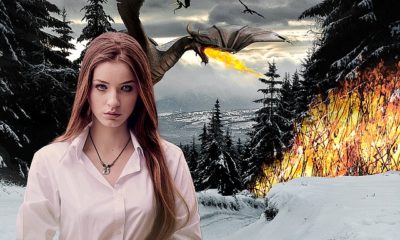
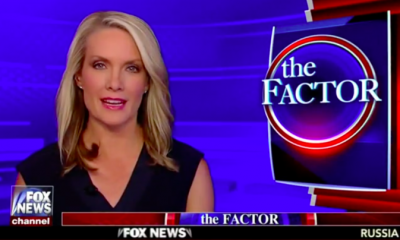
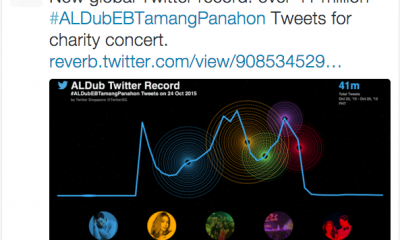
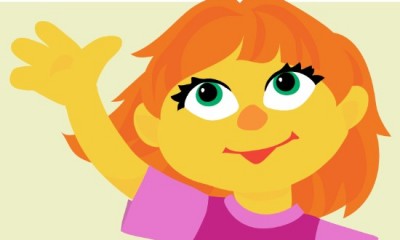
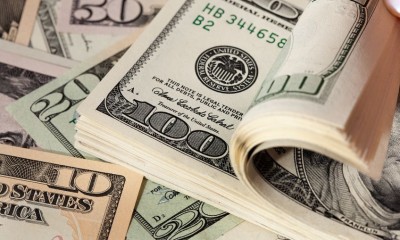





Facebook
Twitter
Pinterest
Google+
LinkedIn
Email